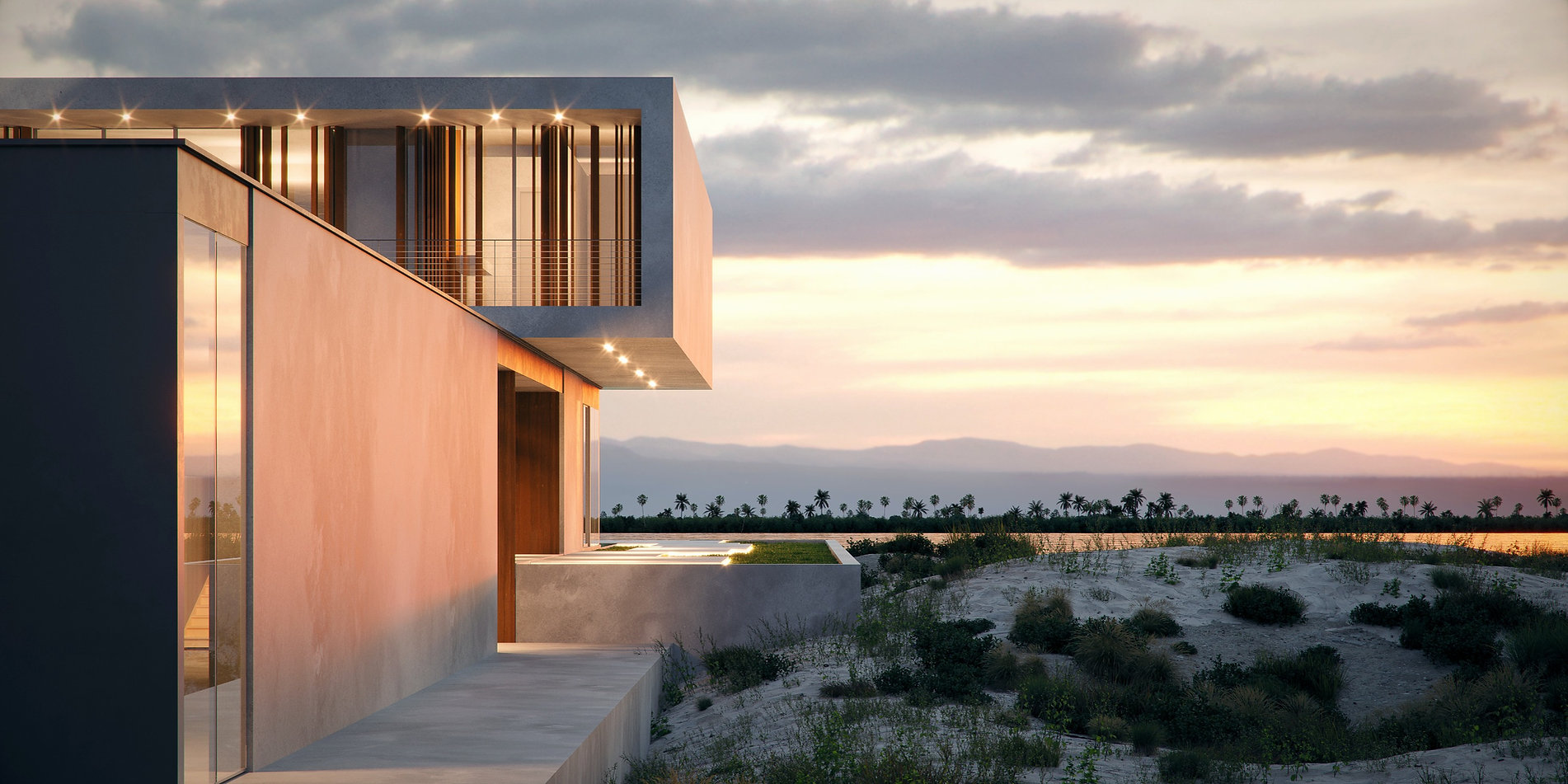The earliest known residents of what is now Miami architects were the “Tequesta” Indians. Little is known of the Tequesta Indians other than they resided along the banks of the Miami River over twelve hundred years ago. Believe it or not there was a small natural rapid a few miles upriver from where it emptied into Biscayne Bay. The Tequesta Indians hunted and fished along the banks of the River. In the 16th and again in the 18th century the Spanish established a few small missions along the banks of the Miami River. Spain originally possessed the area now called “Florida”, but ceded Florida and of course Miami to the British in later years.
The first American Settlers began arriving in Miami Florida sometime in the early to mid 19th century and settled in and around the River. Agriculture in addition to fishing was one of the few economic mainstays of the area. The River’s water source was the Everglades and it was believed that the wetland could be drained by removing the rapids. Thereby providing additional cultivatable land for the new arrivals to settle and develop as farms. I am very sure that real estate sales and potential profits were a motivational factor as well. Real Estate in Miami has been a motivation from the beginning to present. Regardless of the reason(s) a decision to remove falls by dynamiting was made and implemented in mid to late 1800s. Other than during those years of the Seminole Indian wars the population steadily increased as did the real estate industry.
In the beginning Dade County was a huge track of land that extended from the southern tip of Lake Okeechobee (Fort Worth Florida) south to Key West Florida. Indian Key was the the seat of Dade County until sometime between the years 1860 and 1870. Prior to these years residents of the Florida Keys, other than those at Indian Key were counted as residents of Dade County.
Once upon a time there was a little fishing village located in Dade County, towards the southeastern tip of Florida. The name of this village was Miami. Many people living in Miami at the time, pronounced the name “Miama”.
I offer these remembrances’ as one born in the Biltmore Hotel; a land mark hotel in Coral Gables Florida, a town located in Miami-Dade County and a veteran’s administration hospital during the years of WW II. If my stories and recollections seem somewhat disjointed to the reader I beg forgiveness. They are all or at least most inscribed from memories. My only reason for attempting to write this article at all is to impart a few of my impressions/reflections to an interested reader regarding the conception of, development of, metamorphosis of and transformation that has occurred to the area that is today Miami-Dade County and the Florida Keys. My intention is to offer the reader a comparison of sorts to the areas mentioned, the inhabitants, their way of life compared to then and likewise now.
I have no intention of smearing of chastising any particular group of people but too simply record the facts as I believe-remember them to be. I will leave it to the discretion of the reader which Miami, Florida Keys he/she prefers to relate. The then version 1945 to 1970 or the now version 2010, in order to provide a comparison between the two I will offer, in addition to my recollections, a few bygone happenings and circumstance conveyed to me by my predecessors on my mother’s side of the family, all residents of the Keys and Key West dating back 150 plus years ago, some still living there. To do this I am going to begin with my earliest recollections following WW II living first in Hamburg Germany, my father was an officer in the Air Force during the war and was at the time stationed there. Since he had not received his discharge my mother and I joined him, I think, sometime in the year 1946.
